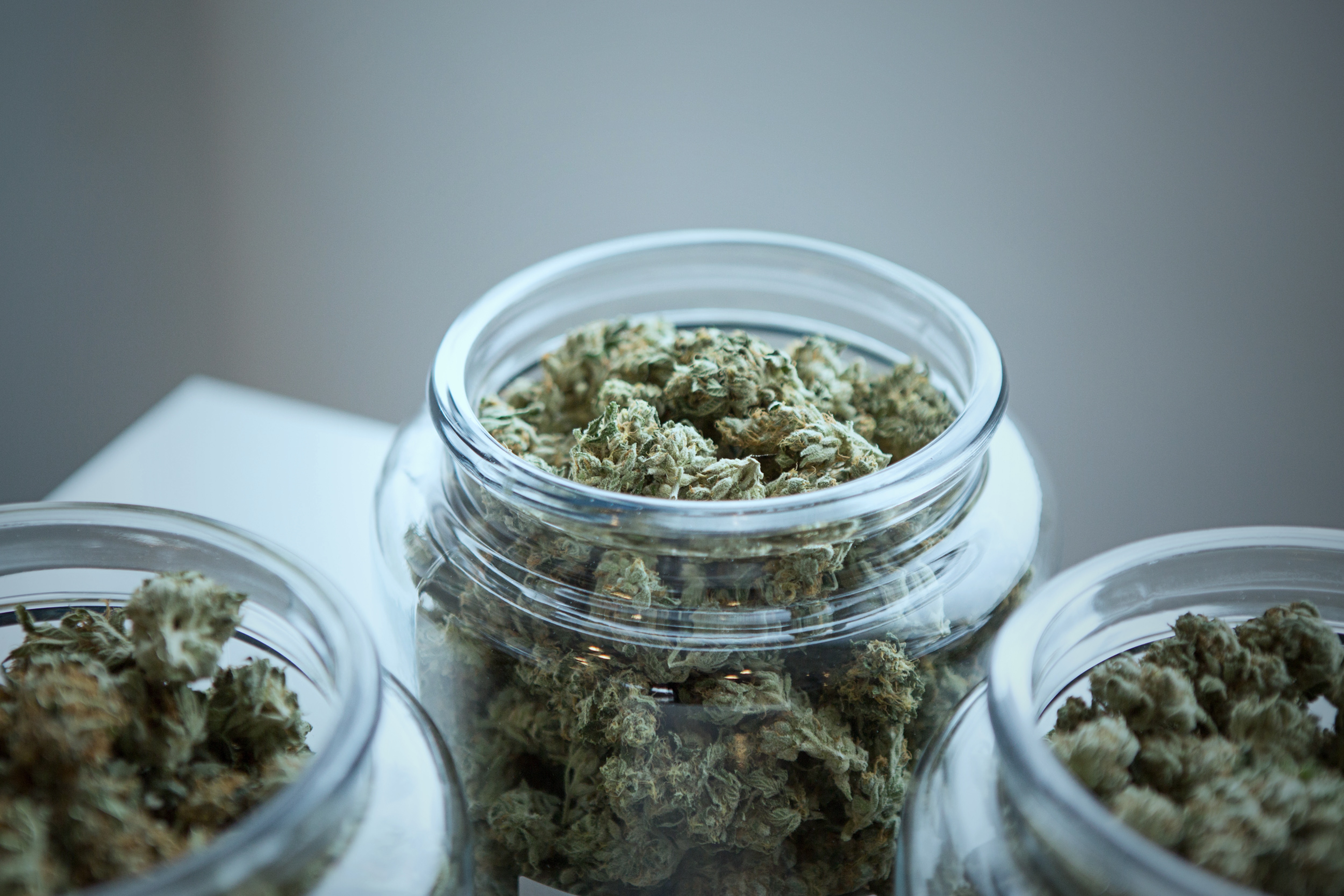On Sunday an opinion-editorial by Dr. Kenneth Davis and Dr. Mary Jeanne Kreek appeared in the New York Times highlighting the dangers of marijuana-use among children.
The column reads in part,
It’s tempting to think marijuana is a harmless substance that poses no threat to teens and young adults. The medical facts, however, reveal a different reality.
Numerous studies show that marijuana can have a deleterious impact on cognitive development in adolescents, impairing executive function, processing speed, memory, attention span and concentration. The damage is measurable with an I.Q. test. Researchers who tracked subjects from childhood through age 38 found a consequential I.Q. decline over the 25-year period among adolescents who consistently used marijuana every week. In addition, studies have shown that substantial adolescent exposure to marijuana may be a predictor of opioid use disorders.
The reason the adolescent brain is so vulnerable to the effect of drugs is that the brain — especially the prefrontal cortex, which controls decision making, judgment and impulsivity — is still developing in adolescents and young adults until age 25.
That same day the Washington Post published a news report highlighting the threat marijuana poses to children, teens, and young adults, writing,
“Underage kids have unbelievable access to nuclear-strength weed,” said Andrew Brandt, a Boulder, Colo., software executive whose son got hooked while in high school.
With some marijuana products averaging 68 percent THC — exponentially greater than the pot baby boomers once smoked — calls to poison control centers and visits to emergency rooms have risen. In the Denver area, visits to Children’s Hospital Colorado facilities for treatment of cyclic vomiting, paranoia, psychosis and other acute cannabis-related symptoms jumped to 777 in 2015, from 161 in 2005.
The increase was most notable in the years following legalization of medical sales in 2009 and retail use in 2014, according to a study in the Journal of Adolescent Health published in 2018.
“Horrible things are happening to kids,” said psychiatrist Libby Stuyt, who treats teens in southwestern Colorado and has studied the health impacts of high-potency marijuana. “I see increased problems with psychosis, with addiction, with suicide, with depression and anxiety.”
We have written time and again about the serious dangers associated with marijuana — even so-called “medical marijuana” — including:
Sunday’s op-ed in the New York Times and article in the Washington Post simply underscore what we have said all along: Marijuana may be many things, but “harmless” simply is not one of them.
READ MORE





